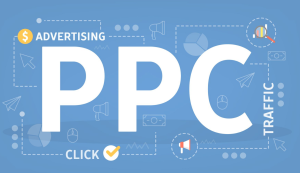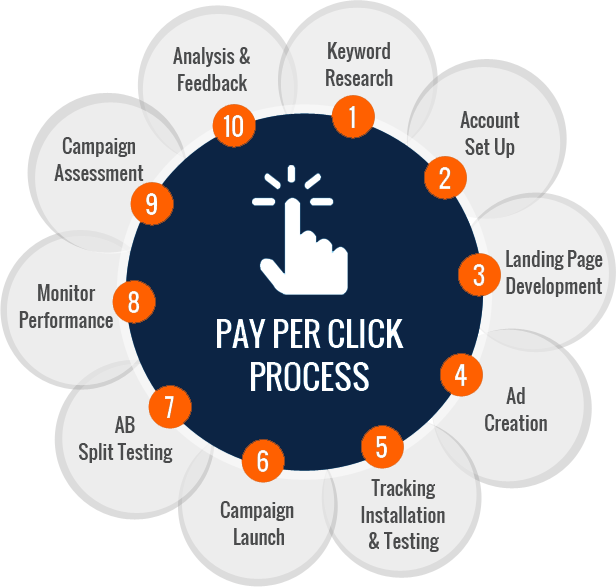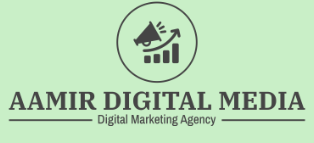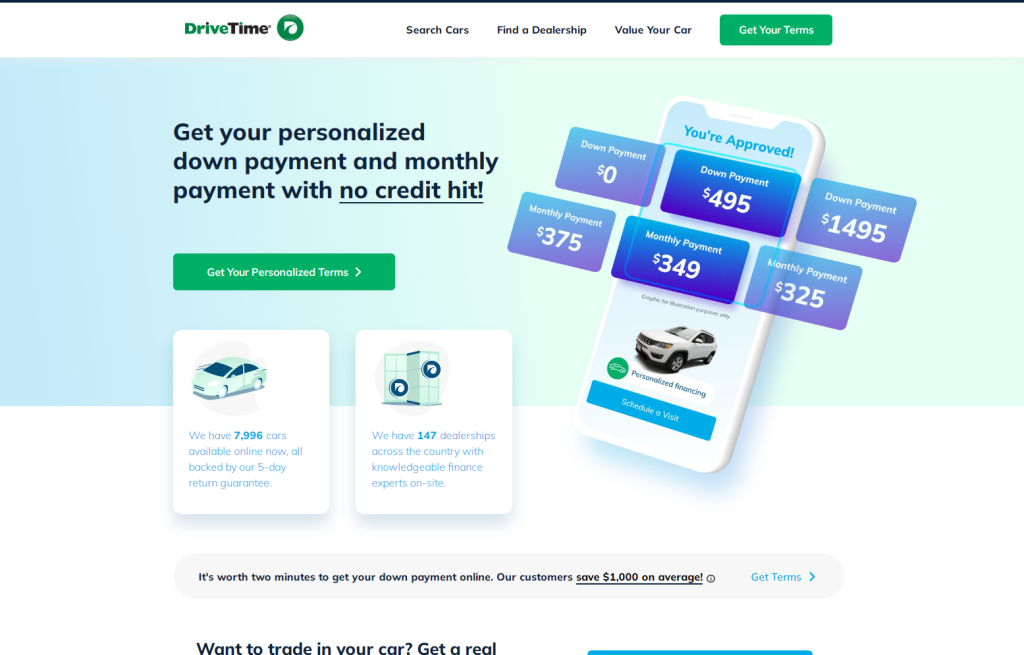what is Pay Per Click (PPC)?

Pay-per-click (PPC) is an online advertising model in which advertisers pay a fee each time their ads are clicked. It is commonly used to drive traffic to websites, and it works by displaying ads on search engine results pages (SERPs), websites, or social media platforms. When a user clicks on the ad, the advertiser is charged a certain amount, hence the name “pay-per-click.”
what are types of Pay Per Click (PPC)

Pay Per Click (PPC) is an online advertising model where advertisers pay a fee each time their ad is clicked. There are several types of PPC advertising that can be used to reach specific marketing goals. Here are some common PPC types:
Search Advertising: This is the most common form of PPC advertising, where ads are displayed on search engine results pages (SERPs) when users search for specific keywords or phrases. The advertiser bids on keywords relevant to their business, and their ads appear when someone searches for those keywords.
Display Advertising: Display ads are graphical ads that appear on websites, typically in the form of banners or images. They can be text-based, image-based, or a combination of both. Advertisers can target specific websites or use contextual targeting to display their ads to relevant audiences.
Social Media Advertising: PPC advertising is widely used on social media platforms like Facebook, Instagram, Twitter, LinkedIn, and others. These platforms offer robust targeting options based on demographics, interests, behaviors, and other factors to reach the desired audience.
Remarketing/Retargeting: Remarketing or retargeting allows advertisers to target users who have previously visited their website or interacted with their brand. By placing a tracking pixel on their website, advertisers can display targeted ads to these users as they browse other websites or social media platforms.
Shopping Ads: Shopping ads are used by e-commerce businesses to promote their products on search engine platforms, such as Google Shopping. These ads typically include an image, title, price, and other relevant information. When a user clicks on the ad, they are taken directly to the product page on the advertiser’s website.
Video Advertising: Video ads are displayed on video-sharing platforms like YouTube or within other streaming video content. Advertisers can choose to display their ads before, during, or after the video content. YouTube offers various targeting options based on user behavior and interests.
App Advertising: App advertising involves displaying ads within mobile apps. Advertisers can promote their apps or display ads relevant to the app’s content. These ads can appear as banner ads, interstitial ads, or native ads within the app.
These are some of the most common types of PPC advertising. Advertisers often use a combination of these types based on their marketing objectives, target audience, and budget. Each type offers unique benefits and allows advertisers to reach users through different channels and platforms.
what are the benefits of Pay Per Click (PPC)?
Pay Per Click (PPC) advertising offers several benefits for businesses looking to promote their products or services online. Here are some of the key benefits of PPC:
Increased Visibility: PPC advertising allows businesses to gain instant visibility on search engines, social media platforms, and other websites. Ads are displayed prominently in search results or on relevant websites, ensuring that your brand gets noticed by potential customers.
Targeted Advertising: PPC offers robust targeting options, allowing advertisers to reach specific audiences based on demographics, interests, behaviors, and more. This ensures that your ads are shown to the right people at the right time, increasing the chances of attracting qualified leads and conversions.
Cost Control: With PPC, you have control over your advertising budget. You only pay when someone clicks on your ad, which means you’re not wasting money on impressions that don’t generate any engagement. Additionally, you can set daily or monthly budgets, and you have the flexibility to adjust your spending based on performance.
Measurable Results: PPC advertising provides detailed performance metrics and analytics that allow you to track the success of your campaigns. You can monitor the number of clicks, impressions, conversions, click-through rates, and other valuable data. This data enables you to make data-driven decisions, optimize your campaigns, and maximize your return on investment (ROI).
Quick Results: Unlike organic search engine optimization (SEO), which can take time to yield results, PPC offers immediate visibility and traffic to your website. Once your campaigns are set up and approved, your ads can start appearing and driving traffic to your website almost instantly.
Brand Exposure and Recognition: Even if users don’t click on your ads, PPC still offers the benefit of brand exposure. By appearing in search results, social media feeds, or relevant websites, your brand becomes more visible and recognizable to potential customers. This can contribute to increased brand awareness and customer recall.
Remarketing Opportunities: PPC allows you to target users who have previously interacted with your website or shown interest in your products or services. Remarketing campaigns can help you re-engage with these users and encourage them to take action, increasing the chances of conversion.
Overall, PPC advertising provides businesses with a flexible, targeted, and measurable way to promote their offerings online. It can generate immediate results, drive relevant traffic, and help businesses achieve their marketing goals effectively.
Our Process:

As a PPC agency, our process typically involves several key steps to ensure effective campaign management and deliver successful results. While specific agencies may have variations in their processes, here is a general outline of how a PPC agency may approach its work:
Client Discovery and Goal Setting:
We begin by understanding our client’s business, industry, target audience, and marketing goals. We conduct thorough discussions and gather information to align our strategies with their objectives. This step helps us establish a clear understanding of their expectations and desired outcomes.
Keyword Research and Competitor Analysis:
We perform comprehensive keyword research to identify relevant and high-performing keywords for the client’s industry. This involves analyzing search volumes, and competition levels, and identifying long-tail keyword opportunities. We also conduct competitor analysis to understand their PPC strategies and identify areas of opportunity.
Campaign Strategy and Planning:
Based on the client’s goals and research insights, we develop a tailored PPC campaign strategy. This includes determining the appropriate advertising platforms (such as Google Ads, social media platforms, or display networks), ad formats, targeting options, and budget allocation. We define the campaign structure, ad groups, and ad copy guidelines.
Ad Creation and Landing Page Optimization:
We create compelling and relevant ad copy that aligns with the client’s brand and resonates with the target audience. Additionally, we optimize landing pages to ensure they provide a seamless user experience and are optimized for conversions. This may involve A/B testing, incorporating persuasive elements, and optimizing forms or call-to-action buttons.
Campaign Setup and Implementation:
We set up the PPC campaigns across the chosen advertising platforms, configuring settings, defining targeting options, and ad scheduling. We implement tracking mechanisms such as conversion tracking and analytics integration to measure the campaign’s performance effectively.
Ongoing Optimization and Management:
Once the campaigns are live, we continuously monitor their performance, making data-driven decisions to optimize various elements. This includes adjusting bids, refining keyword targeting, testing different ad variations, and optimizing campaign settings. We analyze the campaign’s performance metrics regularly, providing reports to the client and discussing progress and insights.
Conversion Tracking and ROI Analysis:
We track and measure conversions to evaluate the campaign’s effectiveness in generating desired actions, such as purchases, form submissions, or sign-ups. We analyze the return on investment (ROI) and key performance indicators (KPIs), providing insights into the campaign’s profitability and identifying areas for further improvement.
Reporting and Communication:
We provide regular reports to our clients, summarizing campaign performance, highlighting key metrics, and providing actionable insights. We maintain open communication with the client, discussing results, addressing concerns, and strategizing for future campaigns.
Continuous Optimization and Scaling:
As the campaign progresses, we continue to refine and optimize the PPC strategies based on performance data. We identify opportunities to scale successful campaigns and explore new avenues for growth.
It’s important to note that the process may vary depending on the agency and client requirements. Some agencies may also offer additional services such as landing page design, conversion rate optimization, or advanced data analysis.
Case Studies
Subscribe to our newsletter to stay up to date with our New Blog posts.




